1. What Exactly Is Raw Milk?

Raw milk is simply milk that comes directly from the animal without being pasteurized. This means it is not heated to high temperatures to eliminate harmful bacteria. People who advocate for raw milk believe that it is more nutritious because pasteurization is known to destroy certain heat-sensitive nutrients, enzymes, and probiotic bacteria. They argue that raw milk is a more natural and complete food, especially since animals in the wild have been consuming raw milk from their mothers for thousands of years. But the reality is more complex when it comes to domestic pets.
The biggest concern with raw milk is its potential to harbor dangerous bacteria. According to the European Food Safety Authority (EFSA), because it is not treated to remove pathogens, raw milk can contain microorganisms that cause foodborne illnesses. Even though some farms take extra precautions to keep their raw milk as clean as possible, there is always a risk of contamination during milking, storage, and transportation. Unlike wild animals, domesticated pets are not naturally exposed to the same bacterial threats as their ancestors, meaning they may not have the same level of immunity. Some pets may drink raw milk without showing immediate signs of illness, but others may develop infections, digestive distress, or more severe health complications. This is why pet owners need to carefully weigh the risks and benefits before deciding whether raw milk is a safe option.
2. The Nutritional Benefits of Raw Milk for Pets
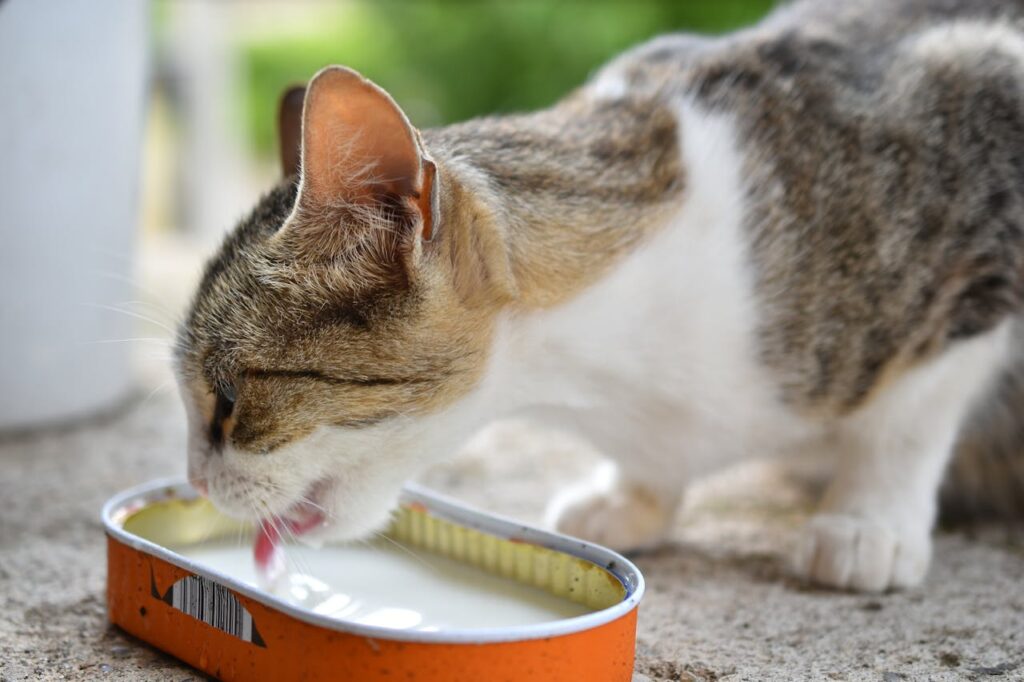
Supporters of raw milk claim that it provides a wide range of health benefits due to its rich nutrient content. Unlike pasteurized milk, which undergoes heat treatment, raw milk is believed to contain more active enzymes, essential fatty acids, vitamins, and probiotics. According to Miller’s Bio Farm, these nutrients can play a role in supporting healthy skin, a strong immune system, and better digestion. Raw milk is an excellent source of calcium and phosphorus, which are essential for maintaining strong bones and teeth in both dogs and cats. It also contains high-quality proteins that help support muscle development and overall growth, making it a popular option among pet owners who want to feed their animals a more natural diet.
One of the most praised benefits of raw milk is its probiotic content. Probiotics are beneficial bacteria that promote gut health by helping to balance the natural flora in the digestive system. Many pet owners who believe in raw feeding suggest that raw milk can help with digestion, reduce bloating, and even alleviate symptoms of food allergies. Some holistic veterinarians recommend raw milk as a supplement for pets with sensitive stomachs or inflammatory conditions. However, while raw milk does contain valuable nutrients, these same nutrients can also be found in other pet-friendly dairy products that have been processed in safer ways. Fermented dairy products like kefir and yogurt, for example, also contain probiotics but have the added benefit of being lower in lactose and less likely to cause digestive issues.
3. Can Pets Digest Lactose in Raw Milk?

Lactose intolerance is one of the most important factors to consider before giving raw milk to your pet. Like humans, many animals lose their ability to digest lactose as they age. This happens because their bodies stop producing enough lactase, the enzyme responsible for breaking down lactose, which is the natural sugar found in milk. According to Nutrition RTN, without enough lactase, lactose remains undigested in the gut, leading to symptoms such as bloating, diarrhea, gas, and stomach pain.
Some raw milk advocates claim that because raw milk contains natural enzymes, it is easier to digest than pasteurized milk. While it is true that raw milk has more active enzymes, this does not necessarily mean that lactose-intolerant pets will be able to process it without issues. In many cases, pets that are sensitive to dairy will experience the same digestive discomfort from raw milk as they would from regular milk. It’s important for pet owners to pay close attention to their animal’s reaction when introducing raw milk for the first time. Even if a pet drinks raw milk without an immediate reaction, long-term exposure can sometimes lead to chronic digestive disturbances or nutrient absorption problems.
4. The Risk of Harmful Bacteria in Raw Milk
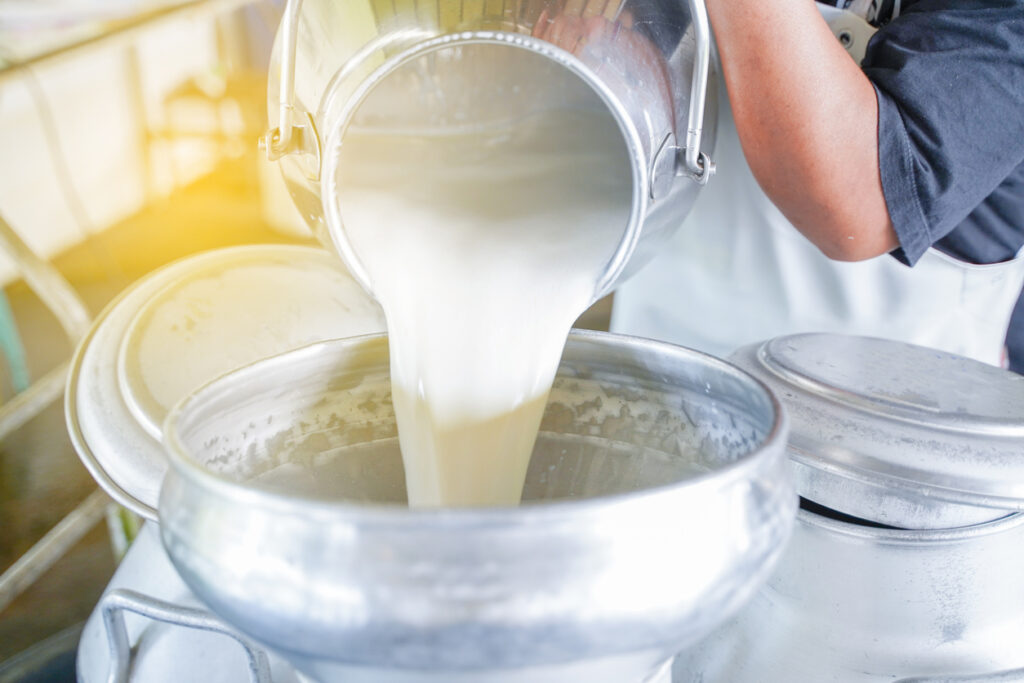
One of the most serious concerns surrounding raw milk is the potential for bacterial contamination. Unlike pasteurized milk, which is heated to destroy harmful microorganisms, raw milk remains untreated and can carry dangerous pathogens, according to the Food and Drug Administration. Some of the most common bacteria found in raw milk include Salmonella, E. coli, and Listeria, all of which can cause severe infections in both animals and humans. These bacteria can lead to symptoms such as vomiting, diarrhea, fever, and dehydration, which can become life-threatening, especially for puppies, kittens, elderly pets, or animals with weakened immune systems.
Even if a pet does not show obvious signs of illness, they can still carry harmful bacteria in their system and spread it to humans through their saliva, feces, or contaminated surfaces. This is particularly dangerous in households with young children, elderly family members, or people with compromised immune systems. Because of these risks, many veterinary professionals and health organizations, including the CDC and FDA, advise against feeding raw milk to pets. While some farms test their raw milk for bacterial contamination, there is no way to guarantee that a particular batch is free from harmful pathogens. For pet owners who want to incorporate dairy into their pet’s diet while minimizing health risks, pasteurized alternatives or fermented dairy products are generally considered a safer choice.
5. Raw Milk vs. Goat Milk: Which Is Safer for Pets?
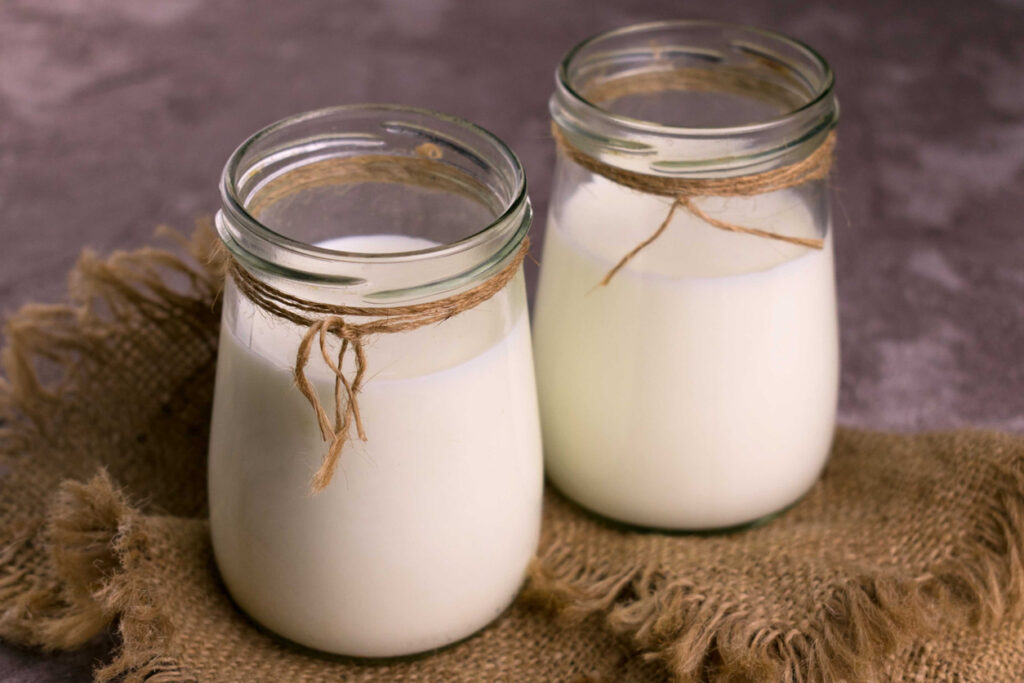
Many pet owners searching for a dairy option for their pets often consider goat milk as an alternative to cow’s milk. Goat milk is commonly praised for being easier to digest due to its smaller fat globules and lower lactose content compared to cow’s milk, according to Goat Milk Stuff. Some holistic pet owners believe that raw goat milk offers similar benefits as raw cow’s milk but with fewer digestive issues and a lower risk of triggering allergies. But is raw goat milk really a safer choice, or does it still come with the same potential dangers as raw cow’s milk?
While it’s true that goat milk contains slightly less lactose, it is still a dairy product, meaning it can still cause digestive upset in lactose-intolerant pets. Some pets may tolerate it better, but others may still experience bloating, diarrhea, or vomiting. The biggest concern, however, is not the lactose but the fact that raw goat milk is still unpasteurized, which means it carries the same risks of bacterial contamination as raw cow’s milk. Salmonella, E. coli, and Listeria can still be present, posing a danger to both pets and humans. Some pet owners argue that raw goat milk from trusted sources is safer because goats are less prone to certain infections compared to cows, but no raw milk product is ever completely free from contamination risks. If you are considering giving your pet raw goat milk, it is important to source it only from a reputable supplier that regularly tests for pathogens. Even then, introducing it slowly and monitoring your pet for any adverse reactions is crucial. For pet owners looking for a safer alternative, fermented goat milk products, such as goat milk kefir or goat milk yogurt, may be a better option. Fermentation reduces lactose levels and introduces additional probiotics, making it gentler on the digestive system while still offering nutritional benefits. Some veterinarians recommend these options as a safer middle ground for pet owners who want to include dairy in their pet’s diet without exposing them to the risks of raw milk.
6. How Raw Milk Affects Different Types of Pets
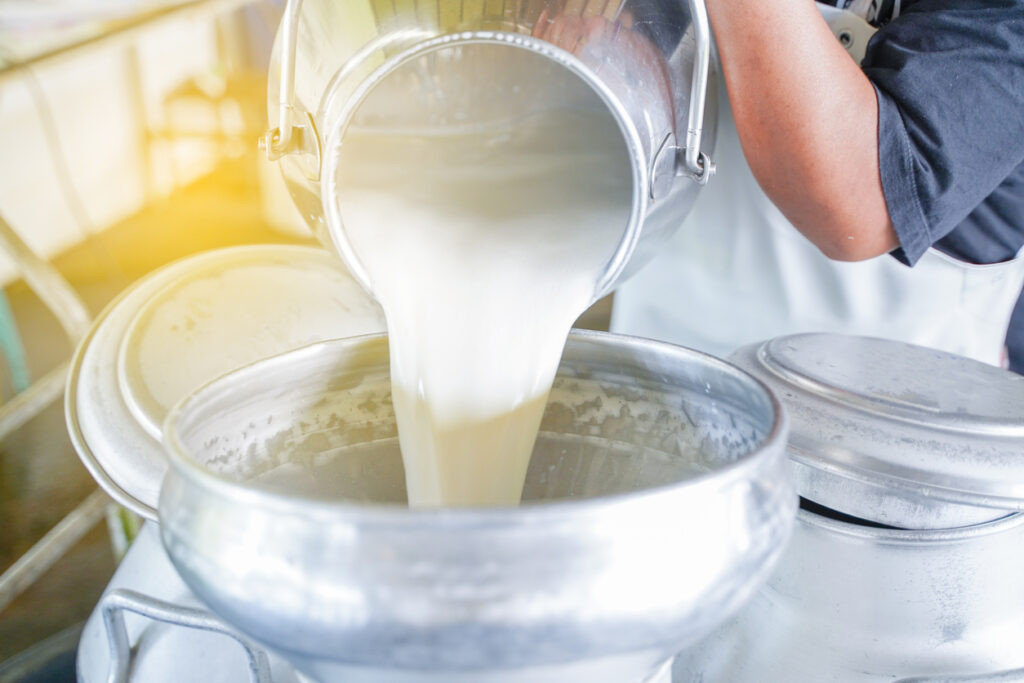
Not all pets react to raw milk in the same way. While some animals can drink it without any immediate side effects, others may suffer from digestive distress, infections, or even long-term health complications. Different species have different tolerances to dairy, and understanding these differences is essential before introducing raw milk into your pet’s diet. Dogs, for example, have varying levels of lactose tolerance, depending on the individual. Some dogs can drink small amounts of raw milk without issues, while others experience diarrhea, bloating, and gas. Puppies, in particular, may handle milk better because they naturally produce lactase when nursing from their mothers. However, as they grow older, most dogs lose the ability to digest lactose properly, making milk harder to tolerate. Cats, on the other hand, are even more likely to be lactose intolerant than dogs. Despite the common image of cats lapping up a bowl of milk, most adult cats lack the enzymes needed to break down lactose, and consuming raw milk can lead to stomach upset and diarrhea.
Smaller animals like rabbits and guinea pigs should not consume raw milk at all, as their digestive systems are highly sensitive to dairy products. Ferrets, which are strict carnivores, also lack the ability to properly digest milk and should avoid it entirely. Exotic pets, such as hedgehogs and reptiles, should never be given raw milk, as their bodies are not equipped to process dairy. If you are unsure whether your specific pet can tolerate raw milk, it is always best to consult a veterinarian before introducing it into their diet.
7. What Do Veterinarians Say About Raw Milk for Pets?
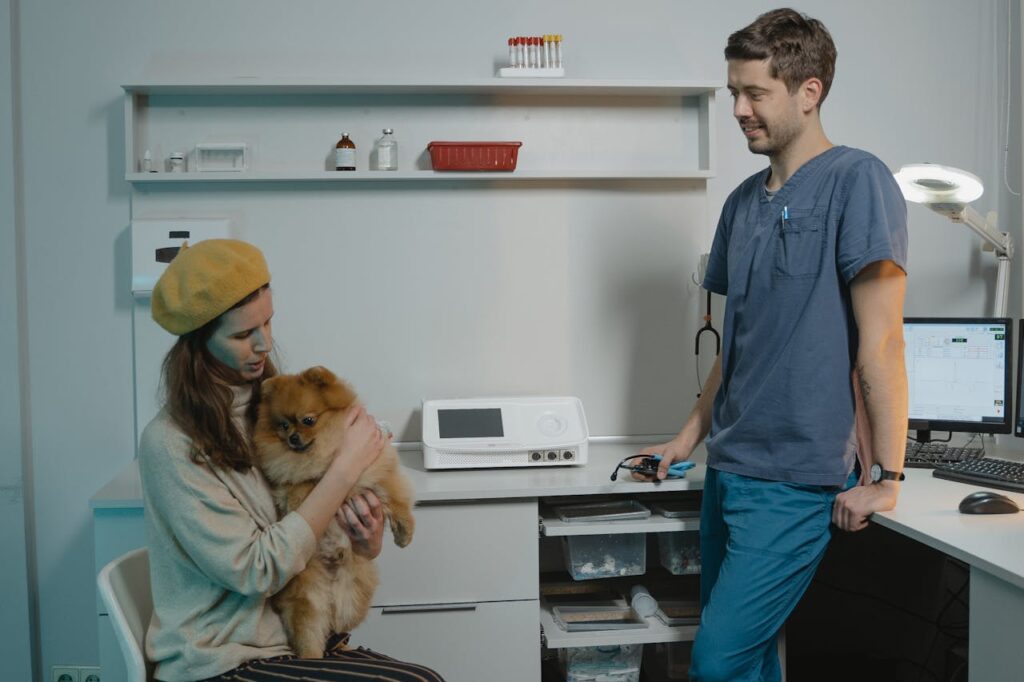
Veterinarians have differing opinions on raw milk, with some supporting its potential benefits and others strongly warning against its risks. Holistic veterinarians who advocate for raw feeding believe that raw milk offers probiotics, enzymes, and natural nutrients that can help improve digestion, strengthen the immune system, and promote overall wellness in pets. They argue that, when sourced from clean, tested farms, raw milk can be a valuable supplement for certain animals. However, the majority of veterinary professionals—and organizations such as the American Veterinary Medical Association (AVMA) and the Centers for Disease Control and Prevention (CDC)—strongly discourage giving pets raw milk due to the risk of bacterial contamination. The potential for Salmonella, E. coli, and Listeria infections poses a serious threat, especially for pets that are young, elderly, or have compromised immune systems. Many vets emphasize that while raw milk may contain beneficial nutrients, the same benefits can be obtained through safer sources, such as pasteurized dairy, probiotic supplements, or fermented pet-safe products like kefir and yogurt.
Another concern among veterinarians is the lack of regulation in raw milk production. While some farms follow strict testing procedures, there is no universal standard for safety, meaning that pet owners may unknowingly expose their animals to harmful pathogens. For this reason, most vets recommend avoiding raw milk altogether and opting for safer, scientifically proven dietary choices that provide similar benefits without the risks.
8. Are There Safer Dairy Alternatives for Pets?

For pet owners who want to incorporate dairy into their pet’s diet without the risks associated with raw milk, there are several safer alternatives to consider. Pasteurized milk, while still containing lactose, is much less likely to carry harmful bacteria compared to raw milk. However, because many pets struggle with digesting lactose, pasteurized milk is not always the best option either.
Fermented dairy products, such as plain yogurt, kefir, and cottage cheese, are often a better choice because they contain probiotics and significantly lower levels of lactose. The fermentation process breaks down much of the lactose, making these products easier to digest. Many veterinarians recommend unsweetened yogurt or kefir as a way to introduce beneficial bacteria into a pet’s diet while avoiding the digestive upset that regular milk can cause. Goat milk kefir, in particular, is popular among holistic pet owners because it is believed to support gut health while being gentler on the stomach.
For pet owners looking for non-dairy alternatives, coconut milk or oat milk can sometimes be given in small amounts, but it is essential to choose unsweetened varieties without harmful additives like xylitol, which is toxic to dogs. Some commercial pet food brands also offer lactose-free milk products specifically designed for cats and dogs, which can provide a safer alternative for pets that enjoy the taste of milk but struggle with digestion.
9. Can Kittens and Puppies Drink Raw Milk?
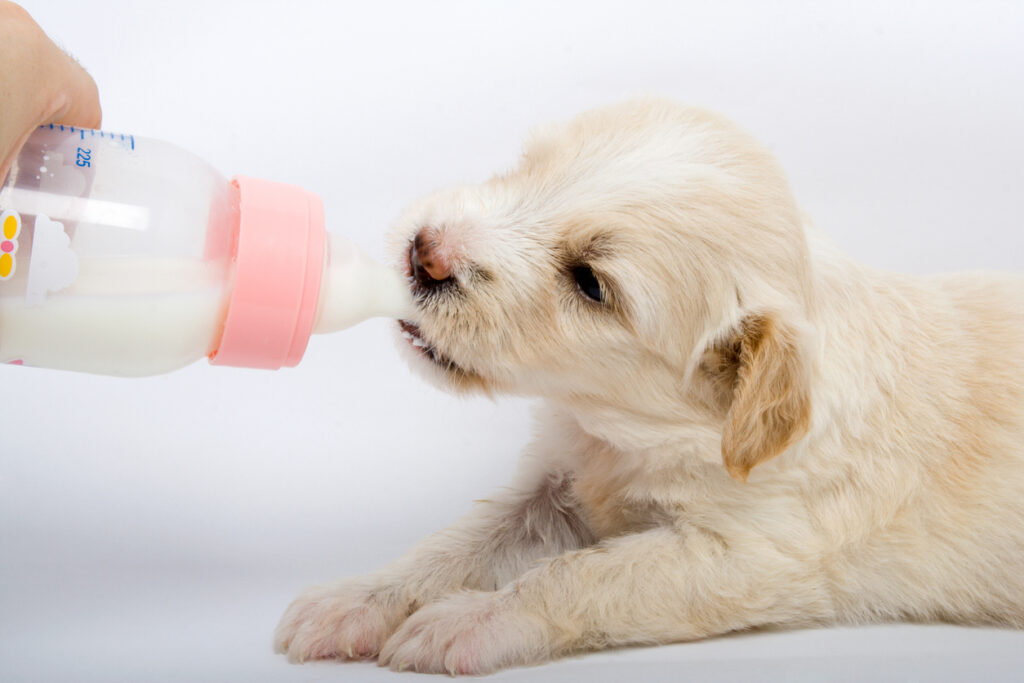
Kittens and puppies are naturally accustomed to drinking milk because they rely on their mother’s milk for nourishment in their early weeks of life. However, once they are weaned, their ability to digest milk begins to change. Many people assume that because newborn animals drink milk, giving them raw cow’s or goat’s milk is a good alternative when their mother isn’t available. But is raw milk really safe for young pets, or does it come with hidden dangers?
While raw milk does contain nutrients that can be beneficial for young animals, it is not a substitute for their mother’s milk or a properly formulated pet milk replacer. Puppies and kittens require very specific nutrients, including colostrum, which provides antibodies that help build their immune system. Raw cow’s or goat’s milk does not provide the same nutritional balance that young pets need, and it can even lead to digestive issues or malnutrition if given as a primary food source. Additionally, newborn pets are more vulnerable to bacterial infections, meaning they are at an even higher risk of getting sick from the harmful pathogens sometimes found in raw milk. If a mother’s milk is not available, a high-quality, species-specific milk replacer is the safest and most effective alternative.
10. Does raw milk boost immunity in pets?

One of the most common claims made by raw milk advocates is that it helps boost the immune system due to its natural probiotic content. Probiotics are beneficial bacteria that support gut health, and because raw milk contains living enzymes and microbes, some pet owners believe it helps their animals fight off infections and improve digestion. But does raw milk actually make pets healthier, or is this just a myth?
While it is true that probiotics play a role in maintaining a strong immune system, raw milk is not the only source of these beneficial bacteria. In fact, the potential presence of harmful bacteria like Salmonella or E. coli in raw milk can actually have the opposite effect, leading to serious infections that weaken the immune system instead of strengthening it. If a pet consumes contaminated milk, it may suffer from diarrhea, vomiting, fever, and long-term gastrointestinal issues that leave them more susceptible to illness. Safer sources of probiotics, such as fermented dairy products (like kefir or yogurt), probiotic supplements, or pet-friendly prebiotic foods, provide the same immune-boosting benefits without the risks.
11. Does raw milk help with pet allergies?
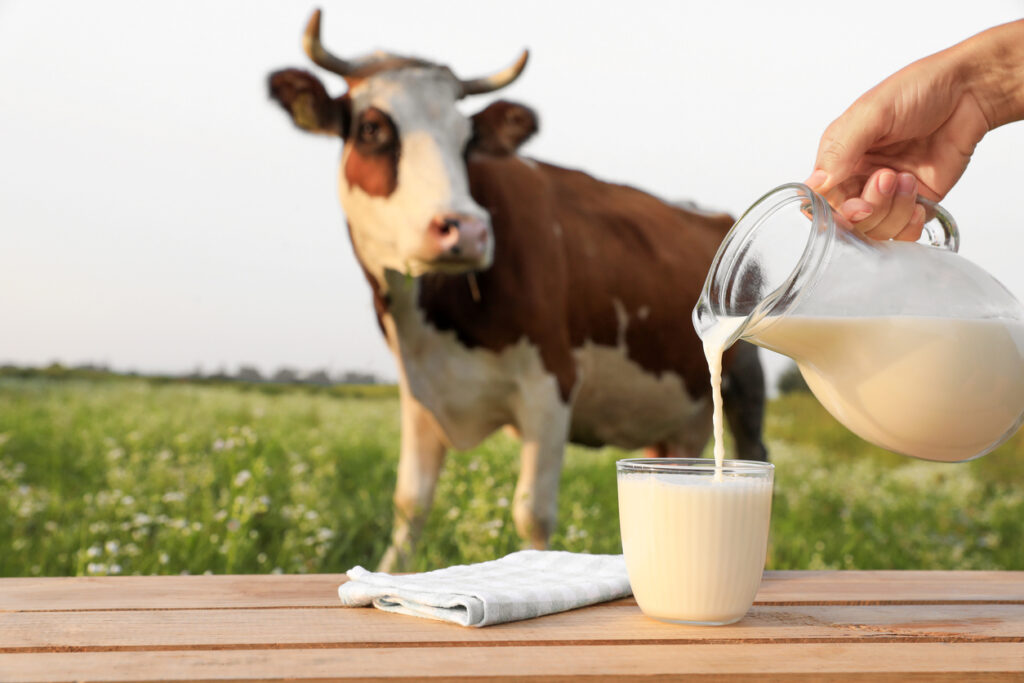
Some pet owners turn to raw milk as a potential remedy for allergies, believing that the natural enzymes and probiotics can help reduce inflammation and improve skin health. This idea comes from the belief that many allergies are linked to gut health, and since raw milk contains beneficial bacteria, it might help balance the digestive system and reduce allergic reactions. But does raw milk really work as an allergy treatment for pets?
While gut health does play a role in controlling allergies, raw milk is not necessarily the best way to improve an allergic pet’s condition. In fact, dairy is a common allergen for both dogs and cats, and some pets may actually develop worse allergic reactions after consuming raw milk. Symptoms such as itchy skin, ear infections, excessive licking, and digestive issues can be signs of a dairy allergy or intolerance. If a pet is struggling with allergies, a veterinarian may recommend a limited-ingredient diet, hypoallergenic pet food, or an omega-3-rich supplement to reduce inflammation instead of raw milk.
12. Is Raw Milk More Natural for Pets?
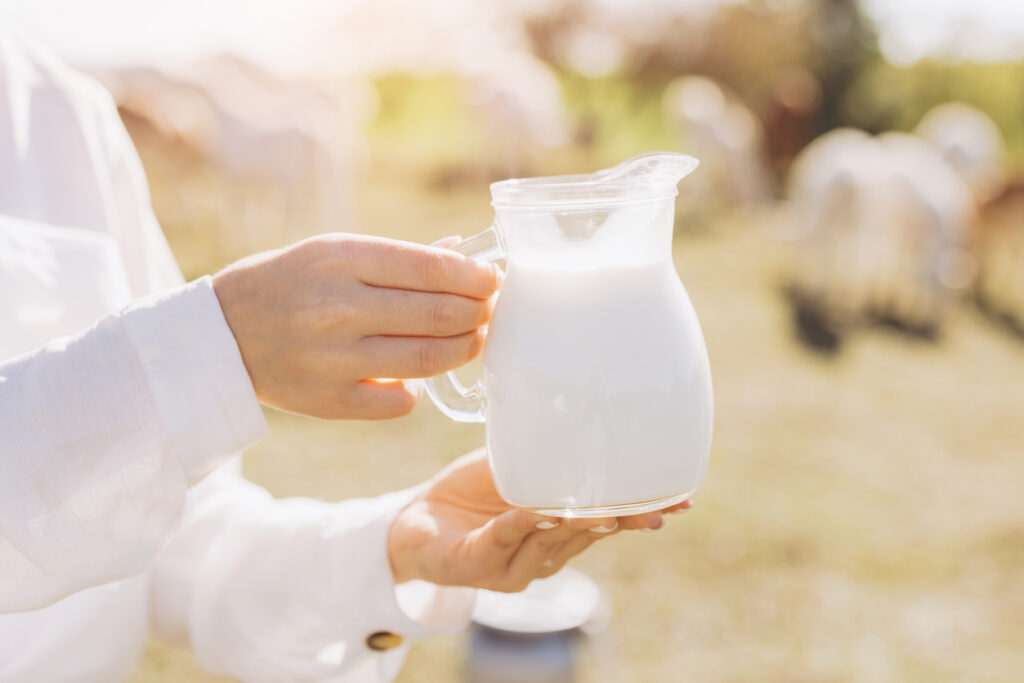
Many raw milk advocates argue that because wild animals consume raw milk from their mothers, it must be a natural and healthy choice for domesticated pets as well. This idea is based on the belief that pasteurization is an unnecessary human intervention that removes beneficial nutrients, making raw milk a more “wholesome” option. But is raw milk really more natural for pets, or is this a misconception?
While wild animals do drink raw milk from their mothers, it is important to remember that this milk is specifically designed for their species and contains the precise balance of nutrients they need. Domestic pets, especially adult dogs and cats, are not meant to drink milk beyond infancy, and their digestive systems are not naturally adapted to handle cow’s or goat’s milk. In the wild, adult animals do not continue drinking milk after they are weaned, which suggests that milk consumption is not a necessary part of their diet. If pet owners want to provide a more “natural” diet, focusing on species-appropriate foods—such as high-quality meats, vegetables, and pet-safe supplements—may be a healthier approach than giving raw milk.
13. The Final Verdict: Should You Give Your Pet Raw Milk?
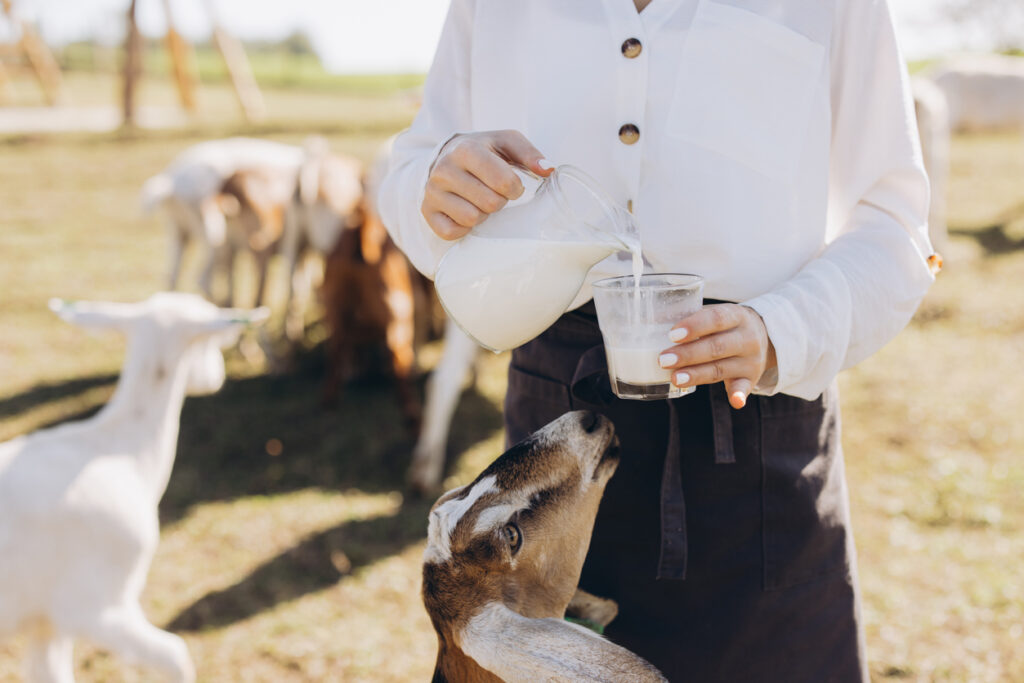
After examining all the facts, it is clear that raw milk is a controversial topic with both potential benefits and serious risks. While some pets may tolerate raw milk well and benefit from its enzymes, probiotics, and nutrients, others may experience digestive upset, allergic reactions, or bacterial infections that can lead to severe health complications. The biggest danger lies in the potential for harmful pathogens, which can cause foodborne illnesses that affect not only pets but also their owners.
For those considering raw milk for their pets, it is essential to consult with a veterinarian first, source raw milk only from reputable, tested farms, and introduce it gradually and in small amounts to monitor for any adverse reactions. However, safer alternatives, such as fermented dairy products (kefir or yogurt), pasteurized milk, or non-dairy probiotic supplements, can provide many of the same benefits without the risks. Ultimately, every pet is different, and the best choice will depend on your individual animal’s health needs, dietary tolerance, and lifestyle. If there is any doubt, it is always better to err on the side of caution and choose the safest, most well-researched option available.


